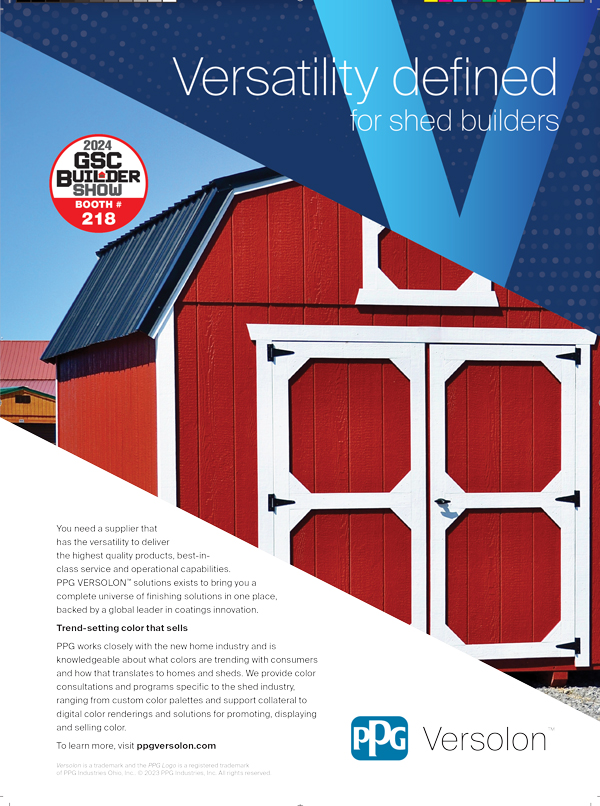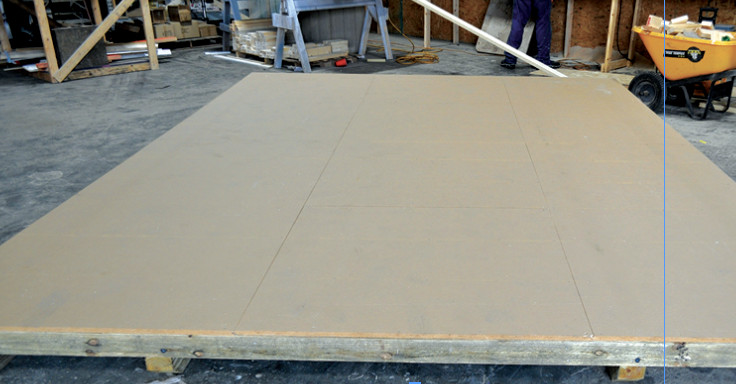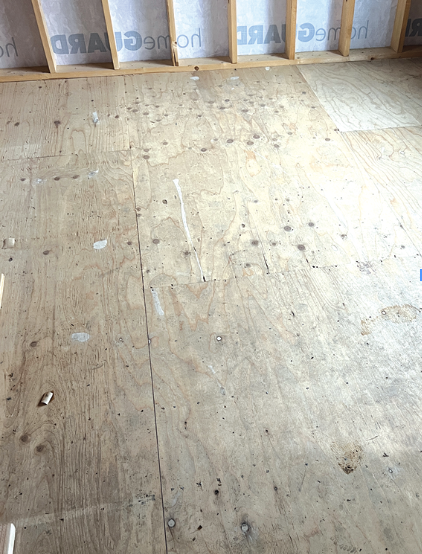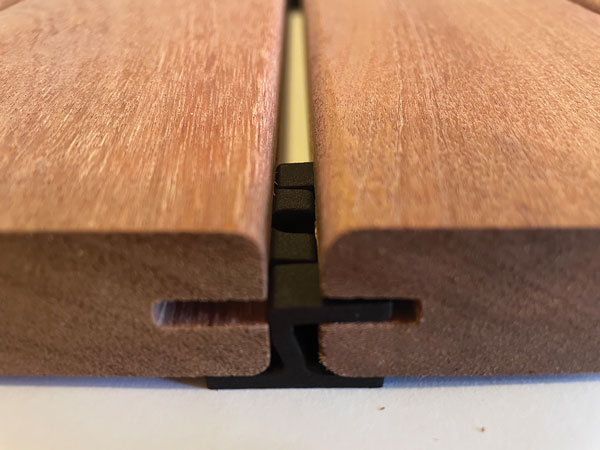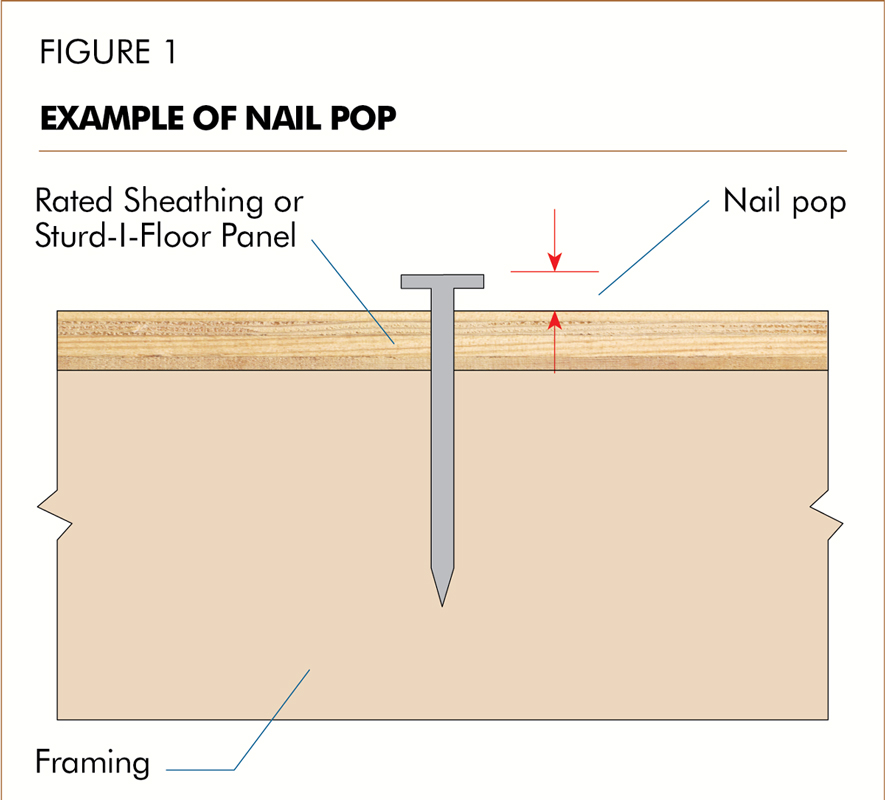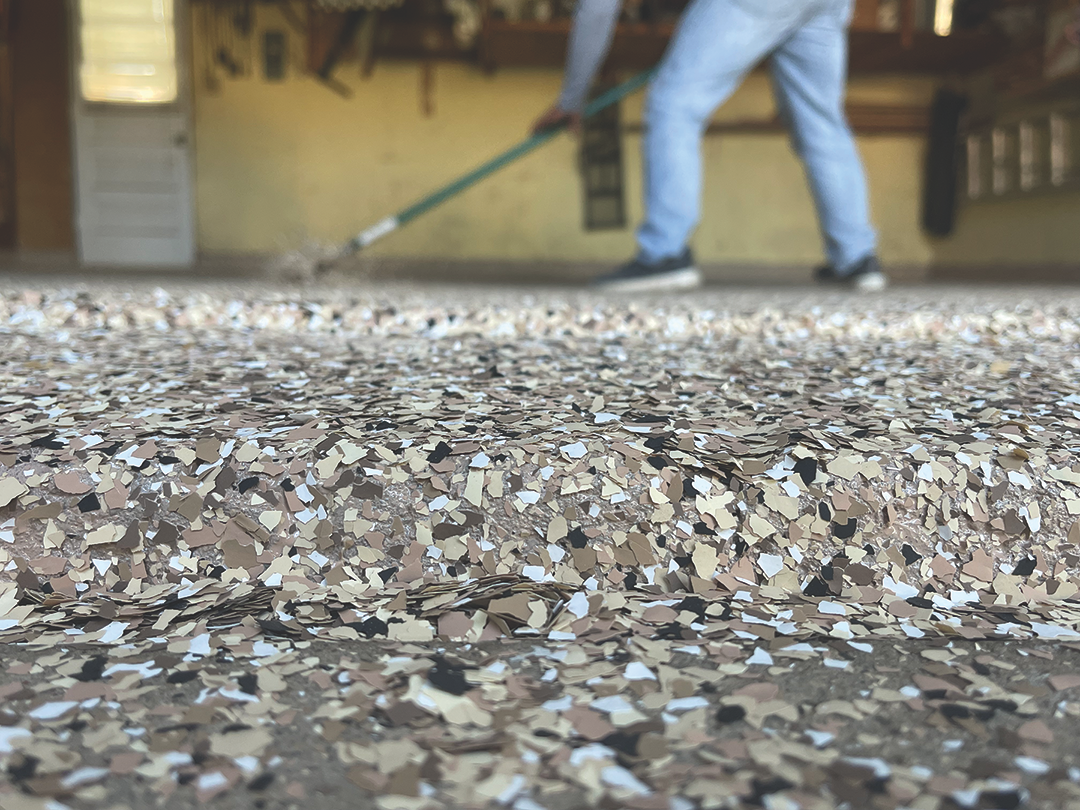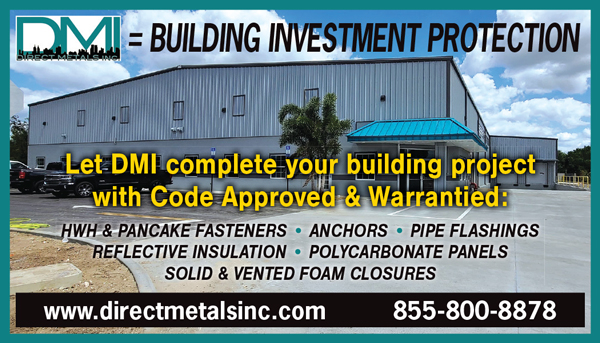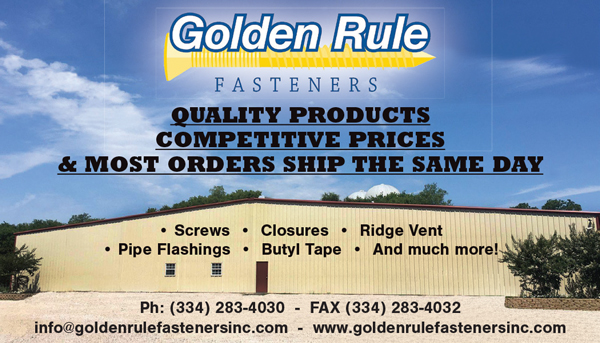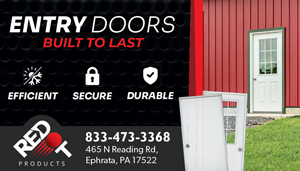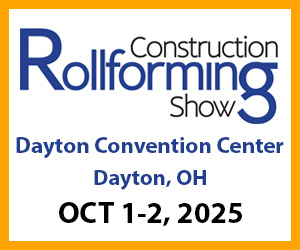By Mark Robins
A shed floor is more than just something that gets walked on. A level, well-built, and sturdy shed floor prevents objects from rolling around, possibly damaging themselves and the shed in the process. The correct shed floor is a protective barrier ensuring the safety of a shed’s contents. Without the correct shed floor, moisture can seep in, leading to mold, decay, and damage.
What are some of the options for shed floors? And why is this an opportunity for a builder?
Pre-Build Means Built-In Floors
Pre-manufactured sheds almost always come with a built-in floor. “I would say that the building comes with a floor almost 10 out of 10 times,” said Justus Eaton, founding partner and president of marketing and sales at Alpine Buildings. “I think in my approximately 15 years in the shed industry, I remember maybe one instance when a building was built without a shed floor. The reason that a shed needs a floor is because they are normally portable. If they didn’t have a floor, they wouldn’t really have a foundation. In the rare situation that a customer doesn’t want the floor, someone could build a building on-site on a concrete pad.”
The weight capacity of shed flooring can vary depending on the material used and the shed’s construction. To determine the best shed floor type, know how much weight is being placed on it. A shed floor can hold about 20 pounds per square foot. A 10′ x 12′ shed floor can hold about 2,400 pounds in total. “If you are putting really heavy items in the building, I would recommend doing 12″ O/C floor joists,” Eaton said. “Our 10′, 12′, and 14′ wides all come with pressure-treated 2″ x 6″’ floor joists on 4″ x 6″ notched runners. Our garage package automatically includes 12″ O/C joists and 4 – 4″ x 6″ notched runners.”
Custom Shed or Outbuilding Floor Materials
If the customer wants a custom shed or special outbuilding (see the article in our most-recent issue about buildings like music studios), then you will likely be needing to consider your options for a floor.
Concrete flooring is very durable and can store heavy items. It is resistant to rot and moisture. Concrete is relatively easy to sweep and clean. However, it will also be more expensive than a lot of options, and because it is so hard, standing on it for long periods of time can be uncomfortable. It will also be challenging to remove if the shed is relocated. It’s a good choice depending on the usage and future of the building.
Oriented Strand Board (OSB) flooring is an inexpensive flooring material option (it uses leftover wood material), but it lacks moisture resistance, which could lead to the floor rotting. Jorgan Cattin at Oregon Backyard Buildings said OSB is a cost-effective option, suitable for non-humid conditions. OSB has exposed end grain, which readily absorbs water, but there are options to buy waterproof OSB flooring. It is easy to use for large or odd-sized sheds because it doesn’t require a lot of joints on the floor. However, Eaton cautioned, “OSB is too thin and wouldn’t be recommended as it’s not designed as a shed floor.”
Pressure-treated plywood is widely considered to be a very good flooring option. To many people, it looks better than concrete and OSB, but it doesn’t have a finished look. It’s cheaper than concrete and easier to stand on for long periods of time. Plywood is easy to clean and doesn’t require a lot of maintenance. One of its main benefits is that the wood surfaces are sealed, preventing water from seeping into the wood causing rot or decay. Also, the wood is treated with a chemical preservative making it insect and fungus-resistant. However, even pressure-treated wood will suffer from corrosion and weathering over time.
Patio blocks or pavers can be placed on a leveled surface to create a stable and attractive flooring option. They are easy to install and can be rearranged if needed. Roll-out vinyl or rubber flooring offers a quick and straightforward way to cover the shed’s interior floor. These materials are easy to clean and provide some insulation against cold or moisture. Vinyl withstands extreme temperatures and weather and is available in a variety of mat sizes, colors, and patterns. It can be rolled out onto a shed floor and trimmed to the floor’s size. If the shed will be used as a living space, vinyl is a great choice.
Carpet, rugs, and remnants add a plush, comfortable, indoor-like floor. Cattin said they add warmth and soundproofing, and are suitable for studios or living spaces. “Living spaces like mother-in-law suites or accessory dwelling units (ADUs) may prefer carpeting over plywood for comfort,” Cattin said.
But carpet isn’t moisture-proof, is hard to clean and isn’t a good option for storing mowers, ATVs, or other machinery that leak oil, gas, corrosives, or chemicals. Mold can grow on dirty carpets. So typically, these products will be used as a floor covering but not as the floor itself.
Epoxy flooring can transform a shed into a polished, resilient space. This protective coating provides an impressive shield against wear and tear, and resistance to water and chemicals. Eaton said, “Epoxy wouldn’t be a good idea on a wooden surface. It would cause the epoxy to crack if the flooring flexed under heavy weight.”
Rubber mats and overlays are affordable and can protect shed floors from scratches, stains, and scuffs, while ensuring a smooth surface. They can be secured to the floor with nails or a staple gun. Eaton said, “depending on the needs, this could be a great option.” Safety and comfort are strong attributes of rubber flooring. This slip-resistant material provides exceptional traction, reducing the risk of accidents. Cattin said, “it’s perfect for sheds that function as gyms, play areas, or workshops.”
Furthermore, rubber flooring offers a cushioning effect, which is beneficial for prolonged periods of standing. Dropping heavy items on a heavy rubber floor mat won’t damage it. It will also protect the floor beneath. Cattin cautioned rubber can retain odors
Interlocking tiles are a great alternative for an adaptable and user-friendly flooring solution. Flooring patterns can be designed due to their simple installation technique, and a variety of colors and patterns can create a floor that matches shed decor.
Shed Floor Variables
With the many shed flooring choices available, the decision generally comes come down to intended use, climate, budget, and personal preferences. “I would definitely choose a quality floor for any application,” said Sheree Holmes, owner of Superior Sheds. “Quality begins from the ground up. Sheds are so very versatile; the possibilities are endless. Just make sure your flooring is the best match for your use.”
Again, a shed’s usage is most often the key factor to determine its flooring material. Heavier items require a floor that can withstand additional weight. If people are going to stand on the shed floor for long periods of time (such as a workshop), flooring should be comfortable to do so.
So, an important guideline is knowing how the shed will be used; if it’s for storage, a simple and cost-effective solution may suffice. Durability is a key consideration. “Heavy equipment over the engineered loads can stress and damage less durable floors,” Cattin said. “High foot traffic areas may require more durable options.” For a workshop or office, a more durable and comfortable flooring option may be necessary. One problem Holmes has seen is when someone uses a shed for animal containment. “In those cases, we use deck boards or composite decking because it’s easier to replace/clean than a solid surface flooring.”
Consider the weather. “Understanding the specific needs of your climate, especially in areas with high humidity or frequent rainfall, is crucial,” Cattin said. Also, consider how well the floor covering will adhere to the subflooring. Some have better adherence properties than others. Price will influence flooring options; some floor options are more budget-friendly than others. Aesthetic preferences and design choices also should be factored in.
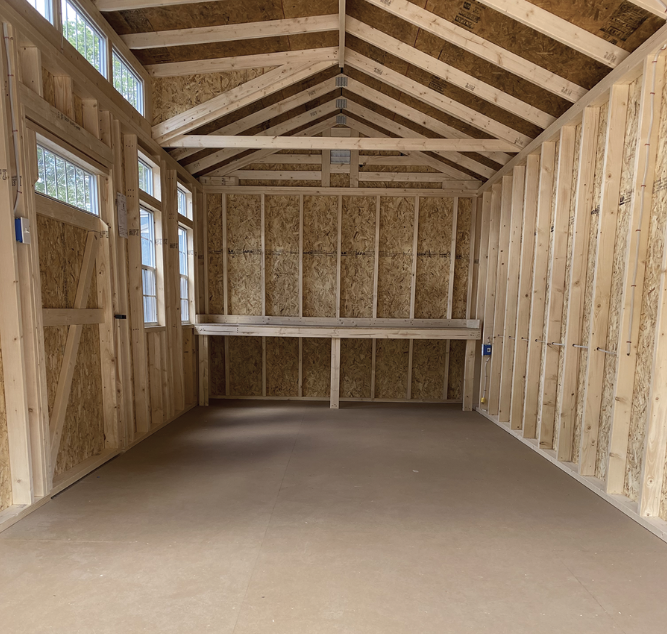
Selling and Upselling Shed Floor Opportunities
Since shed flooring is so important, let it be a strong selling point. Higher-quality shed floors produce higher-quality sheds. Materials make all the difference. Too often, sheds are seen as commodity products. By offering customers a range of quality shed floor solutions, you are providing them with a high level of performance giving peace of mind against unexpected conditions.
Cautioning customers to pay a little bit more to avoid a shed with a potentially weak floor is a good measure to take. “Based on the customer’s needs, recommending upgraded flooring options can be a great opportunity to upsell while providing significant long-term value,” Cattin said. “Educating customers on the long-term benefits of higher quality flooring can increase sales. Encouraging customers to think long-term about their flooring choices can lead to greater satisfaction and fewer issues down the line.” GSCB



